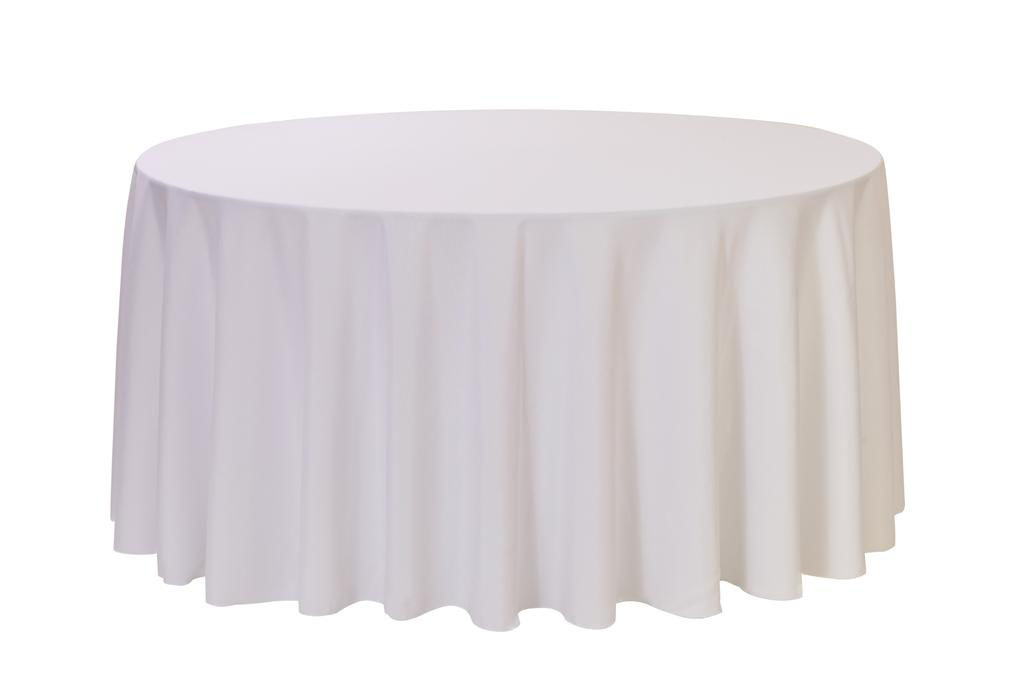Bed Linen Textile Developments: Checking Out Modern Trends and Creative Applications in Layout and Fabric Sector
From sustainable production methods to cutting-edge weaving modern technologies, the advancement of bed linen is improving the landscape of the textile market. As we delve right into the worlds of innovative design applications and the emergence of bed linen blends and crossbreed fabrics, a brand-new phase unravels in which bed linen's role in future fabric technologies takes facility stage.
Lasting Practices in Bed Linen Production
Lasting methods in linen production have actually ended up being progressively important in the textile sector's initiatives to decrease ecological effect and promote moral sourcing techniques. Linen, a natural fiber stemmed from the flax plant, uses a series of advantages such as biodegradability, resilience, and breathability. However, typical techniques of linen manufacturing can involve substantial water usage, chemical use, and energy-intensive procedures.
To deal with these obstacles, numerous fabric makers are taking on lasting methods throughout the bed linen manufacturing process. This includes sourcing flax from natural ranches that prevent dangerous pesticides and chemicals, applying water-efficient retting techniques to essence fibers from the flax stalks, and utilizing eco-friendly dyes and surfaces. In addition, some business are buying eco-friendly energy resources to power their manufacturing centers and lowering waste through recycling and upcycling initiatives.
Technical Improvements in Linen Weaving
With the expanding emphasis on sustainable methods in bed linen manufacturing, the fabric industry is now seeing a rise in technical innovations especially targeted at transforming the art of linen weaving. These technologies are improving the way linen textiles are generated, offering increased efficiency, quality, and imagination in weaving methods.
One of the crucial technological improvements in bed linen weaving is the assimilation of computerized looms. These sophisticated looms are furnished with software program that permits for complex and elaborate designs to be woven with precision. By digitizing the weaving procedure, suppliers can accomplish better consistency and precision in their linen textiles.
In addition, developments in thread spinning technology have actually allowed the manufacturing of finer and more resilient linen threads - table cloths. This leads to softer and smoother linen materials that retain their quality even after several uses and washes
In addition, the growth of environment-friendly dyeing procedures and coatings for bed linen fabrics is gaining grip. These lasting methods not only lower the environmental effect yet likewise deal with the raising consumer need for fairly created fabrics.
Creative Style Applications for Linen
Cutting-edge imaginative techniques are progressively forming the innovative design applications for bed linen in the textile sector. Designers are pressing the limits of traditional linen use, discovering its versatility in different applications. One famous fad is the combination of linen in sustainable fashion lines, where its eco-friendly residential properties are highlighted. Bed linen's natural visual appeal and capacity to blend with other textiles make it a favorite option for developing distinct garments and devices that satisfy the eco conscious consumer.
Additionally, designers are explore linen in home design, utilizing its long lasting and breathable nature to craft fashionable home furnishings such as drapes, bed linens, and furniture. The structure and drape of bed linen bring a feeling of refinement and comfort to indoor spaces, adding a touch of style to contemporary homes.

Bed Linen Blends and Crossbreed Fabrics

Crossbreed materials, on the other hand, take the idea of blending a step further by integrating added informative post components such as metal strings, recycled products, or conductive fibers. These cutting-edge fabrics not only increase the design opportunities yet additionally introduce functional facets like conductivity, antimicrobial residential or commercial properties, or improved longevity. Crossbreed textiles are progressively being made use of in various markets, consisting of fashion, interior decoration, and technological fabrics, where the need for multifunctional materials is on the increase.
Bed linen's Function in Future Textile Innovations

In the realm of future textile technologies, linen is expected to be a principal in the advancement of innovative practical fabrics. Designers and researchers are exploring methods to boost linen's inherent top qualities through technological innovations, such as integrating wise textiles, nanotechnology, and performance surfaces. These innovations aim to elevate bed linen's performance attributes, making it ideal for a wider array of applications, from activewear to protective clothes.
Moreover, the mix of linen with various other natural or synthetic fibers opens endless opportunities for developing unique textiles with unique residential properties and capabilities. By leveraging linen's attributes and exploring ingenious blends, the fabric industry is poised to introduce interesting growths that deal with progressing visit this site consumer needs and sustainability requirements.
Verdict
In conclusion, the expedition of lasting techniques, technical advancements, innovative design applications, linen blends, and its duty in future textile advancements highlight the constant development of bed linen fabric in the modern design and fabric industry. With an emphasis on advancement and creativity, the flexibility and environmentally friendly nature of linen make it an important material for suppliers and developers alike, paving the means for further developments and advancements in the field of textiles.
As we delve into the worlds of innovative style applications and the introduction of linen blends and crossbreed materials, a new phase unfolds in which bed linen's duty in future fabric developments takes center stage.
Checking out the blend of bed linen with other materials has actually led to the appearance of cutting-edge blends and crossbreed textiles in the modern fabric sector. Bed linen blends offer a distinct combination of the qualities of linen with those of other fibers, resulting in materials that possess boosted buildings such as best site enhanced toughness, improved draping, and lowered wrinkling.The evolution of bed linen blends and crossbreed materials has set the phase for Linen to play a pivotal duty in driving future textile innovations.In the world of future fabric technologies, linen is anticipated to be a crucial player in the development of advanced useful fabrics.